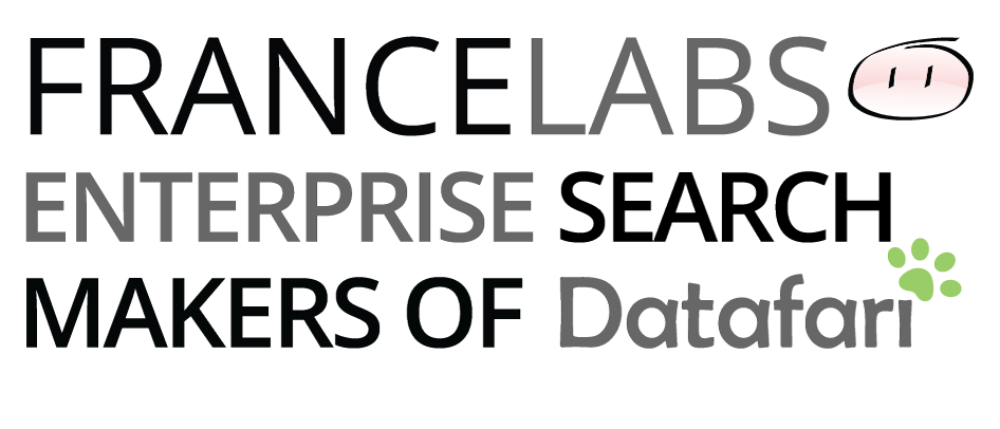With the arrival of Manifold CF 1.0 (now already in v1.6.1), the open source community is looking for tutorials to combine it with Elasticsearch. That’s the intent of this tutorial, which will drive you through the different steps required to make it work.
First, we’ll recap the installation process of Manifold CF (we’ll call it MCF later on). Second, we will install ElasticSearch with the attachment plugin so that it handles rich document indexing. Third, we’ll configure MCF so that it crawls a windows file share and indexes documents in ElasticSearch. In this tutorial, when I specify installation directory such as apache-manifoldcf-1.6.1, you have to complete with the absolute path of the installation directory.
Continue reading
